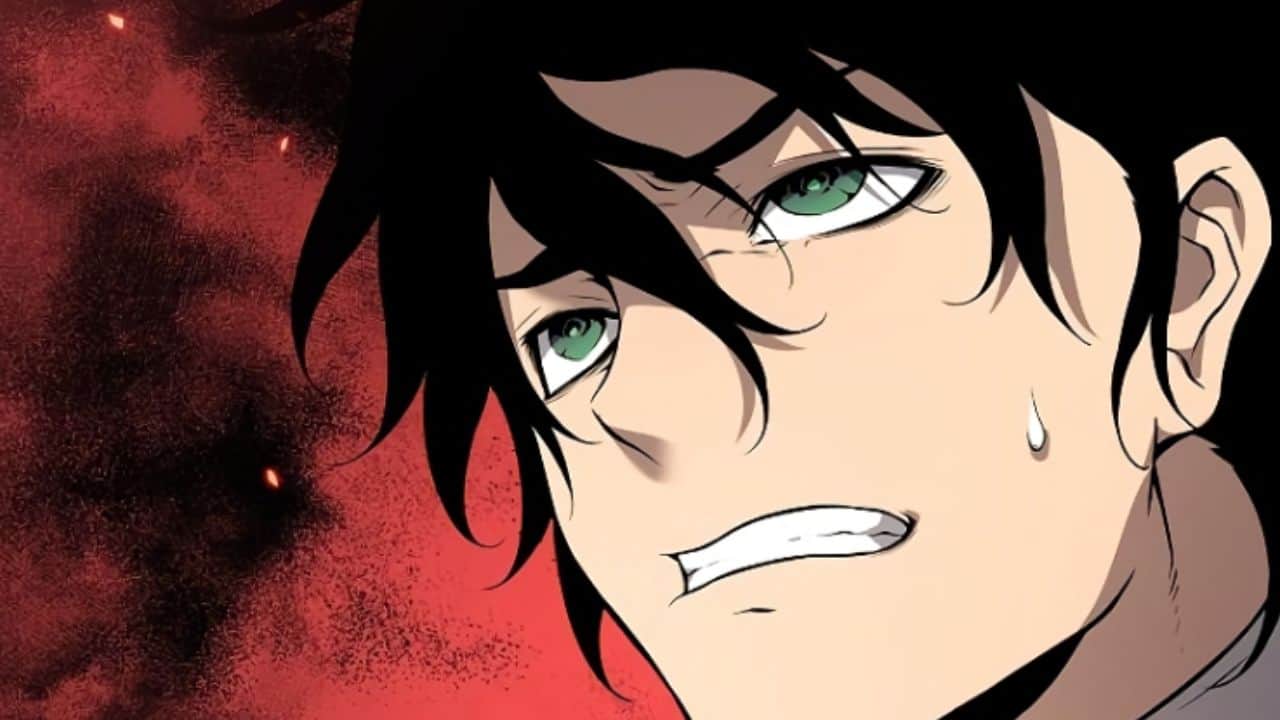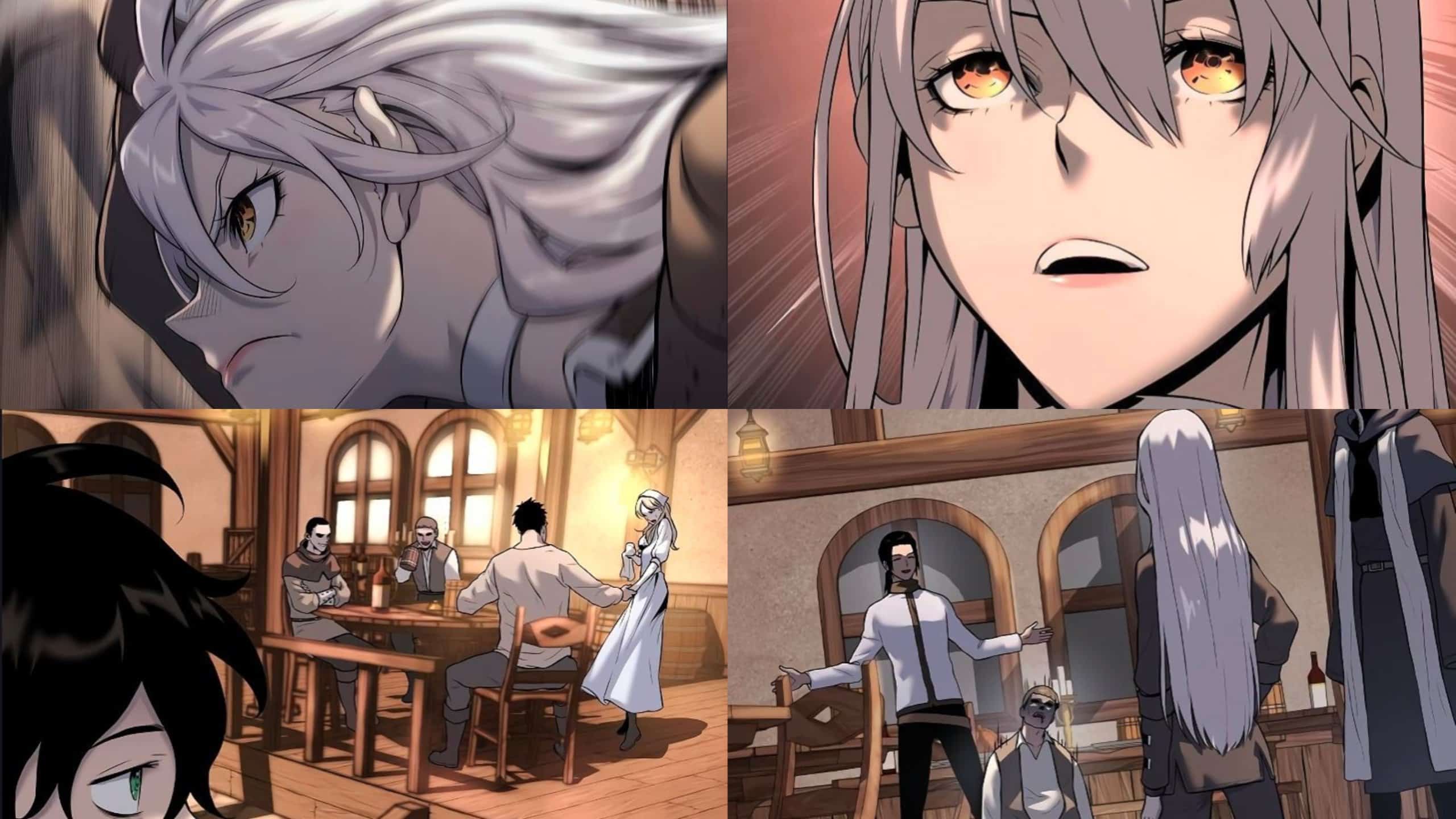Embark on a journey through The Priest of Corruption Chapter 16, a captivating exploration of corruption, redemption, and the intricate complexities of the human soul. Prepare to delve into the shadowy depths of Father Thomas’s character, unraveling his motivations, beliefs, and the psychological turmoil that torments him. This chapter promises an immersive experience, laying bare the insidious nature of corruption and the desperate struggle for redemption.
Within these pages, we witness the interplay of corruption, power, and redemption, as they manifest through the characters and the intricate plot. The novel delves into the role of the Church and religion, examining their potential to perpetuate or challenge the corrosive influence of corruption.
Character Analysis of Father Thomas

Father Thomas is a complex and enigmatic character who serves as a powerful symbol of corruption and moral decay. His outward appearance belies a deeply troubled and conflicted soul, driven by a thirst for power and a profound sense of guilt and self-loathing.
The priest of corruption chapter 16 ends with a cliffhanger that will leave you on the edge of your seat. What will happen to our heroes now that they have been captured by the evil priest? Find out in the next chapter! In the meantime, check out max level player chapter 6 for more action-packed adventure.
His Role as a Symbol of Corruption, The priest of corruption chapter 16
As the priest of the parish, Father Thomas holds a position of great trust and authority within the community. However, his actions betray his sacred vows, revealing him to be a master manipulator and a ruthless opportunist. He uses his influence to amass wealth and power, exploiting the faith and vulnerability of his parishioners.
His Psychological and Emotional Conflicts
Beneath his facade of piety, Father Thomas grapples with a profound sense of guilt and self-loathing. He is haunted by the memories of his past sins and the knowledge that he has betrayed his own beliefs. This inner turmoil manifests itself in his erratic behavior and his tendency to lash out at those around him.
The Priest of Corruption Chapter 16 is a wild ride, taking readers on a thrilling adventure. For those seeking a similar adrenaline rush, I highly recommend “Lost in the Cloud Chapter 68” here . Its captivating plot and heart-pounding action will leave you on the edge of your seat.
But don’t stray too far, as The Priest of Corruption Chapter 16 promises an equally thrilling conclusion.
Themes of Corruption and Redemption: The Priest Of Corruption Chapter 16

In The Priest of Corruption, the novel delves deeply into the complex themes of corruption, power, and redemption. These themes are intricately woven into the narrative, manifesting themselves through the characters, plot, and setting, providing a profound exploration of the human condition.
Corruption and Power
Corruption, in its insidious nature, pervades the novel’s world. The characters, from the highest echelons of the Church to the humblest of villagers, are tainted by its corrosive touch. Power, a double-edged sword, becomes a catalyst for corruption, tempting individuals to succumb to their baser instincts.
- Father Thomas, once a man of unwavering faith, succumbs to the allure of power, becoming a willing pawn in the hands of those who seek to exploit the Church’s influence.
- Cardinal Orsini, driven by ambition and greed, manipulates the Vatican’s inner workings to further his own agenda, disregarding the well-being of the faithful.
Redemption and Forgiveness
Amidst the darkness of corruption, the novel also offers a glimmer of hope through the theme of redemption. Characters, despite their past transgressions, are given the opportunity to seek forgiveness and atonement.
The Priest of Corruption Chapter 16 delves into the murky depths of corruption and its devastating consequences. Like chapter 13 bankruptcy pa , it exposes the insidious nature of financial malfeasance and its far-reaching impact on individuals and society. The priest’s greed and deception have shattered lives, leaving behind a trail of broken promises and shattered dreams.
As the chapter unfolds, we witness the unraveling of the priest’s carefully constructed facade, revealing the true extent of his corruption.
- Lucrezia, a woman burdened by a sinful past, finds solace in her newfound faith, seeking redemption through acts of charity and compassion.
- Father Lorenzo, a young priest who initially struggles with doubt, ultimately finds his calling in helping those who have lost their way, offering them the possibility of redemption.
The Role of the Church
The Church, as an institution, plays a complex role in the novel. It is both a source of corruption and a potential catalyst for redemption.
- The Vatican, under the corrupt leadership of Cardinal Orsini, becomes a breeding ground for power struggles and moral decay.
- Local parishes, led by priests like Father Lorenzo, provide a sanctuary for those seeking spiritual guidance and redemption.
Through these interwoven themes, The Priest of Corruption invites readers to contemplate the complexities of human nature, the corrosive effects of corruption, and the transformative power of redemption.
Historical and Cultural Context

Set in the tumultuous 16th century, The Priest of Corruption captures the profound transformations sweeping across Europe. The novel unfolds amidst the Protestant Reformation, a religious and political upheaval that challenged the authority of the Catholic Church and sparked widespread social unrest.
Role of the Church
During this era, the Church held immense power and influence in both spiritual and temporal affairs. The Catholic hierarchy wielded considerable wealth, land, and political sway. The novel explores the corrupting influence of this power, as priests and bishops succumb to greed, ambition, and moral decay.
Social and Political Climate
The Reformation ignited widespread social and political upheaval. Religious wars raged across Europe, and tensions between Catholics and Protestants ran high. The novel reflects this volatile atmosphere, depicting a world torn apart by religious strife and political instability.
Contemporary Resonance
Despite being set centuries ago, The Priest of Corruption resonates with contemporary society. Its themes of corruption, redemption, and the struggle for spiritual fulfillment remain relevant today. The novel challenges us to confront the complexities of human nature and the ways in which power can corrupt even the most virtuous of individuals.
Final Thoughts

As we reach the end of The Priest of Corruption Chapter 16, we are left with a profound understanding of the insidious nature of corruption and the enduring power of redemption. Father Thomas’s journey serves as a cautionary tale, reminding us of the corrosive effects of moral decay and the importance of striving for integrity in the face of adversity. This chapter resonates deeply with contemporary society, as we continue to grapple with the challenges of corruption and the search for redemption.